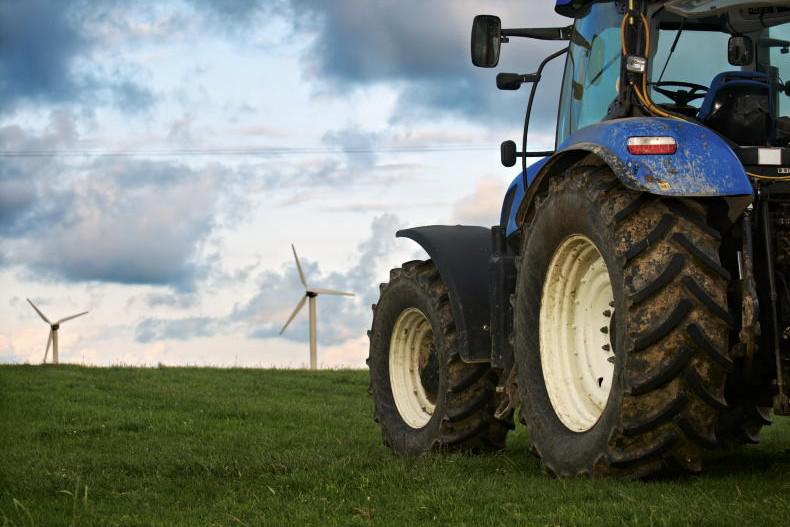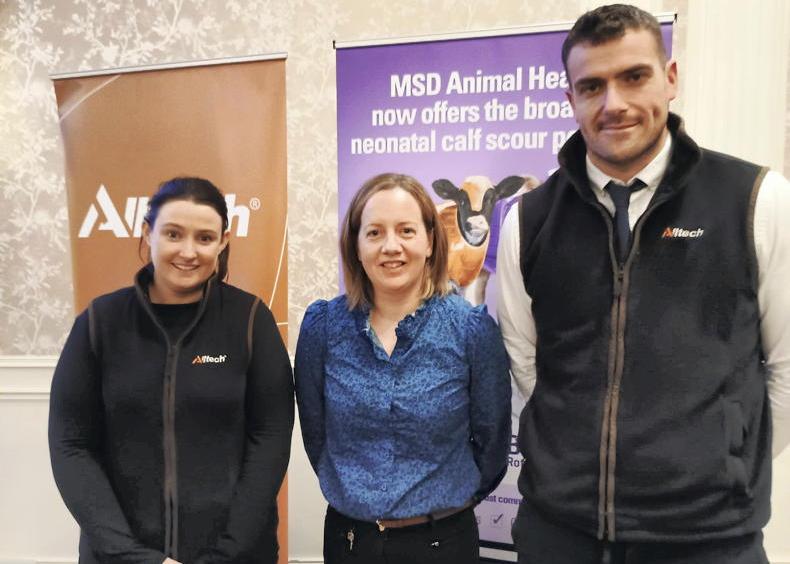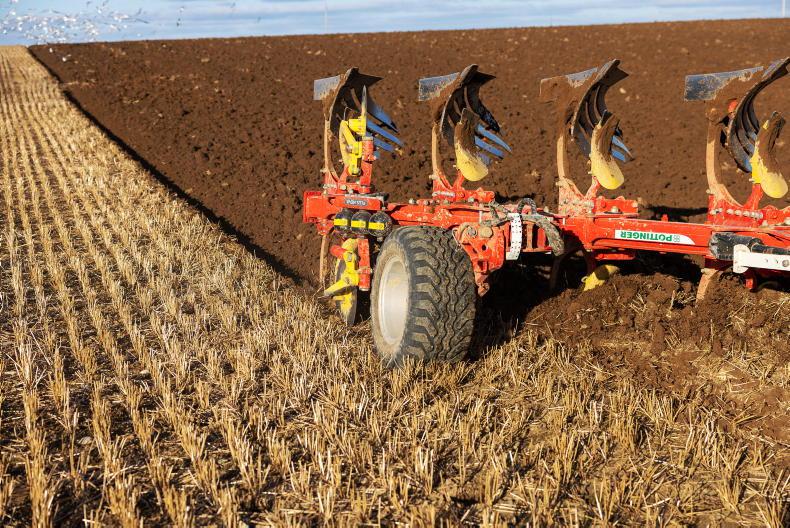A plan is useless, but planning is indispensable, as it gets your mind in tune to what’s needed. So the man who wrote the marketing book I’m reading said anyway. In the same vein, he claims strategies and visions are often a distraction and the effort spent on them would be much better invested in trial-and-error activities.
But leaving aside the documents being worked on by everyone except farmers regarding the future of dairy, beef, and sheep in this country, the most important word I got from that marketing book is ‘centric’. I have previously come across the phrase user-centric at the off-farm job when we talk about designing technology with the user in mind. You would be surprised at how often the user is an afterthought when it comes to building new technologies. So, to be user-centric is to put the horse before the cart.
The book talks about being people-centric when it comes to planning and it struck me that what is lacking in nearly all strategies and visions for the farm sector is any mention of farmer-centric. If you want to increase dairy production to meet new export opportunities, who will milk the extra cows? If you are selling beef into commodity markets, who will calve all the cows and fatten all the animals to give you enough volume to make up for the low value?
It goes without saying that any environmental plan should be farmer-centric
It is not the job of the strategy or vision authors to do that work. But it is their job to understand the limits of what can be done. That means making sure whoever will do the work is front and centre in the planning process. This is not about people in suits respecting people in wellingtons. This is simple good management. Whatever manager wins the soccer world cup will not have set out his plan first and then thought about players later.
It’s the same for reducing emissions in the agriculture sector. What is the point of coming up with aspirational figures when you don’t know if they can be achieved? Even if they can, who will do the heavy lifting on the ground?
It goes without saying that any environmental plan should be farmer-centric.
I’ll finish by saying that farmers don’t always plan properly or understand what can and cannot be done. If we are the ones doing the heavy lifting at primary production stage, then the ground we stand on is doing much of the work for us. We should all be more soil-centric. There’s no point setting targets for ourselves if we don’t know what the soil is capable of. Figures from research and demo farms can be used as anchors at which to start, but we need to adapt up or down from there on our own farms.
There’s no point setting targets for ourselves if we don’t know what the soil is capable of
Putting my money where my mouth is, I started a small trial on the farm this week when I cut up old trousers (100% cotton) into underpants-size pieces and buried them in eight different fields and paddocks. A white plastic stake marks each trial location.
What I’m hoping is that there will be little or nothing to see when I dig at the spot in early February. Cotton is a natural material and will be eaten or digested by micro-organisms in the soil. If there’s lots of bacterial activity, then the cotton will be mostly gone. That means a healthy soil. If the cotton is still there, then there is less bacterial activity and the soil needs more organic matter. It will be interesting to see if pH levels, grazing versus silage, old pasture versus reseeded swards, and various other uses of the fields have an observable impact.
This little trial-and-error activity will be much more useful to me than any grand strategy or vision I might write at the kitchen table.










SHARING OPTIONS